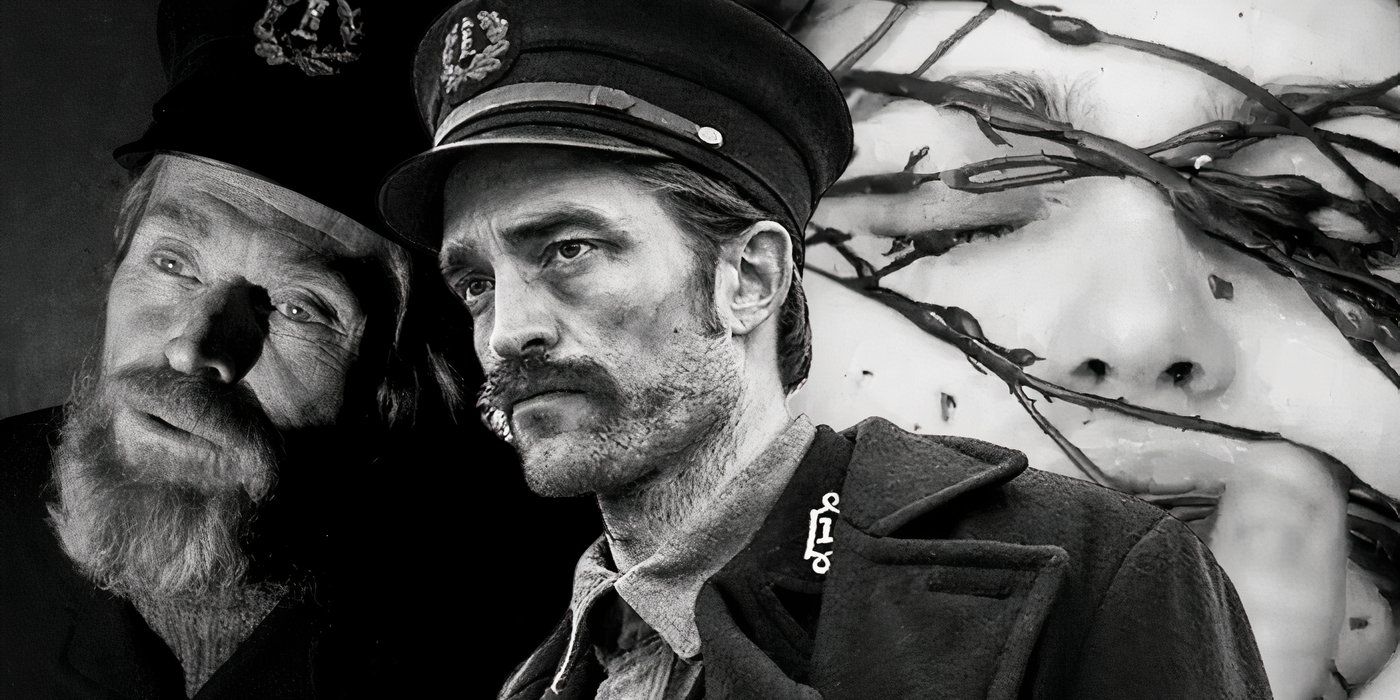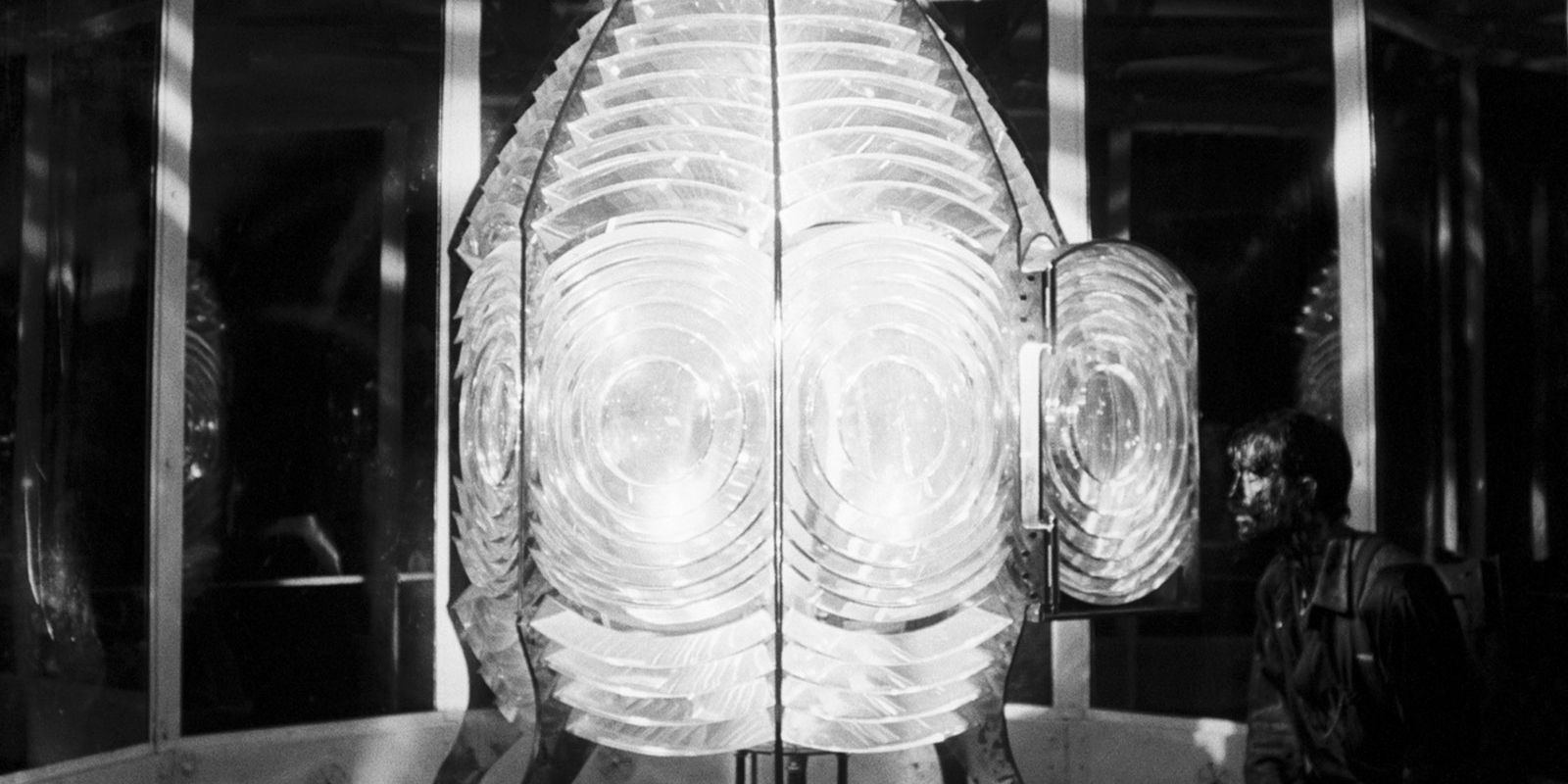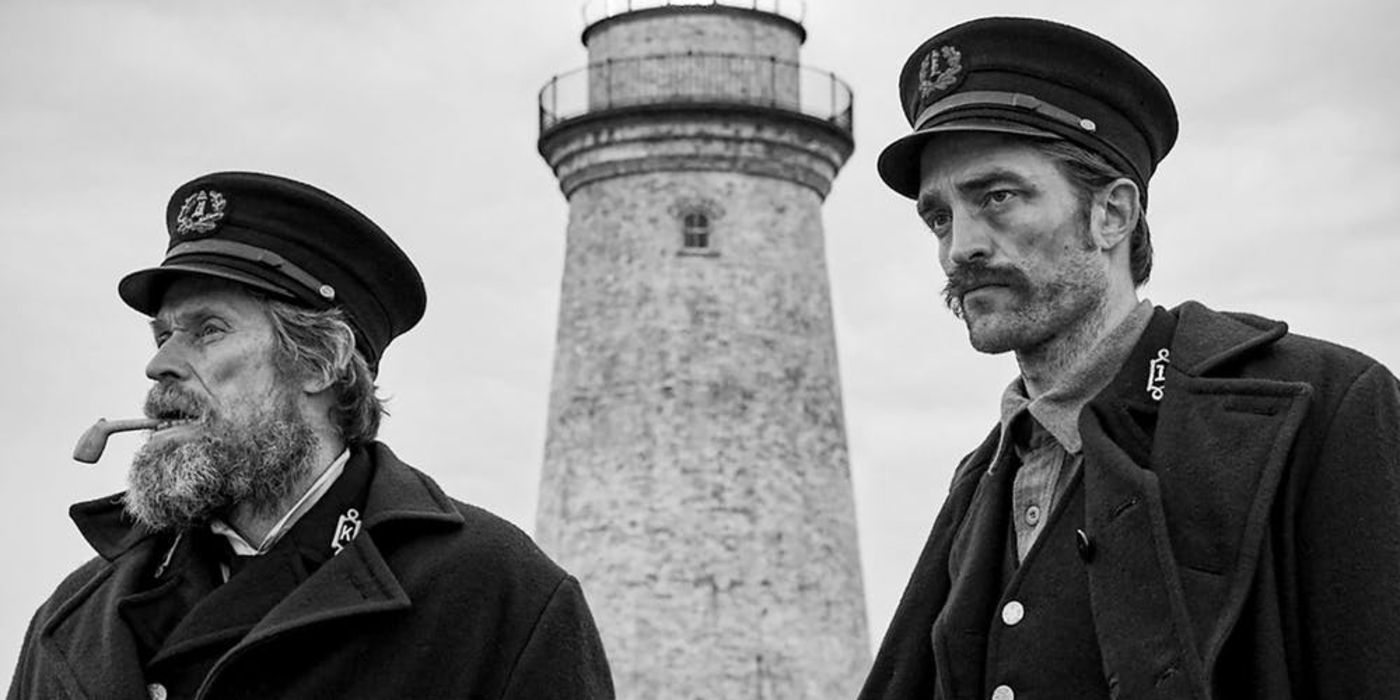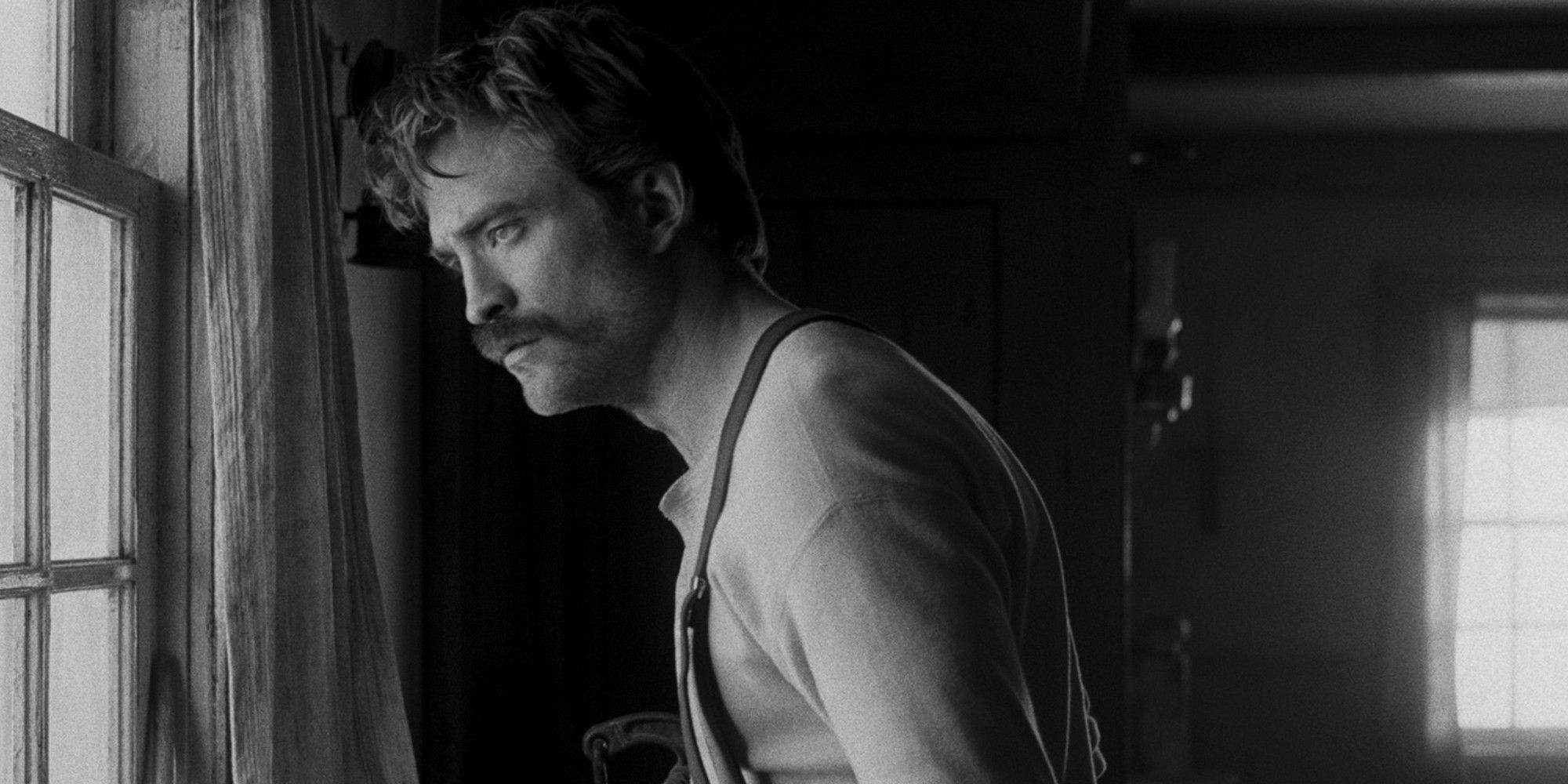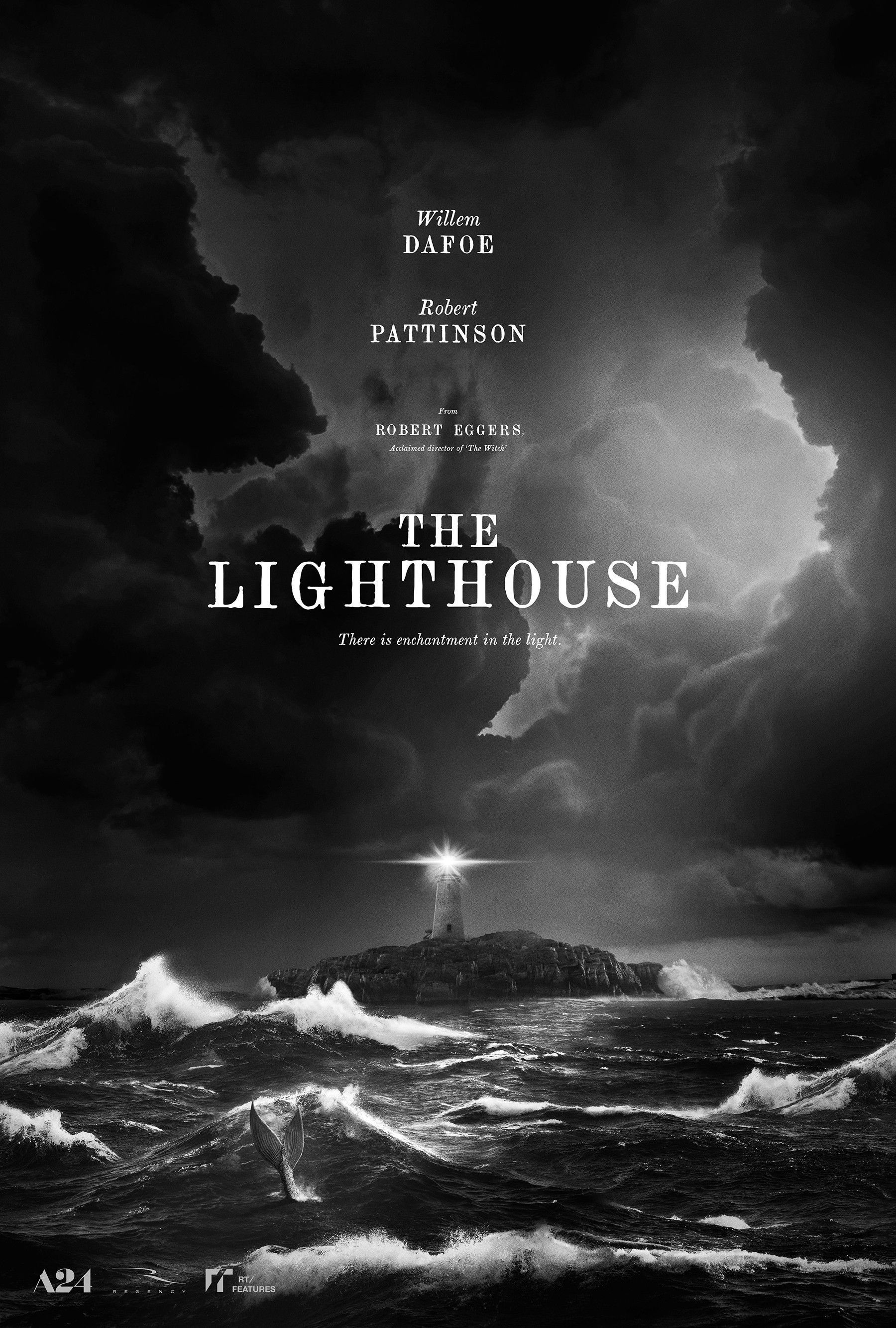Summary
- The Lighthouse is loosely based on the true Smalls Lighthouse Tragedy, adding depth and authenticity to its bleak tale of despair.
- The film's nuanced storytelling sparked genre debate, but its core remains a commentary on human despair rooted in a true story.
- Robert Eggers changed aspects of the true story to create a hallucinatory narrative, drawing inspiration from Poe, Lovecraft, and more.
Despite the surreal, otherwordly style of Robert Eggers' The Lighthouse, the film is loosely based on the true story of a pair of Welsh lighthouse keepers. The Lighthouse's director and producer Robert Eggers co-wrote the movie with his brother Max, who together used the basis of the real-life Smalls Lighthouse Tragedy to incorporate a sense of despair, loneliness, and paranoia into their bleak tale. This firm historical grounding adds to the film's authentic feel and allows Eggers to delve deeper into the tense feeling of nautical cabin fever.
The Lighthouse stars Willem Dafoe and Robert Pattinson as two lighthouse keepers, or "Wickies," who descend into darkness as a storm strands them on the remote island at which they are stationed. The Lighthouse's incredible nuance lead to an intense debate regarding its true genre. However, despite the breadth of emotions that The Lighthouse conjures, it remains such a compelling film at its core due to the truth at the root of its narrative. This inexorable pull towards despair is a commentary on the human condition, which is helped by The Lighthouse being based on a true story.
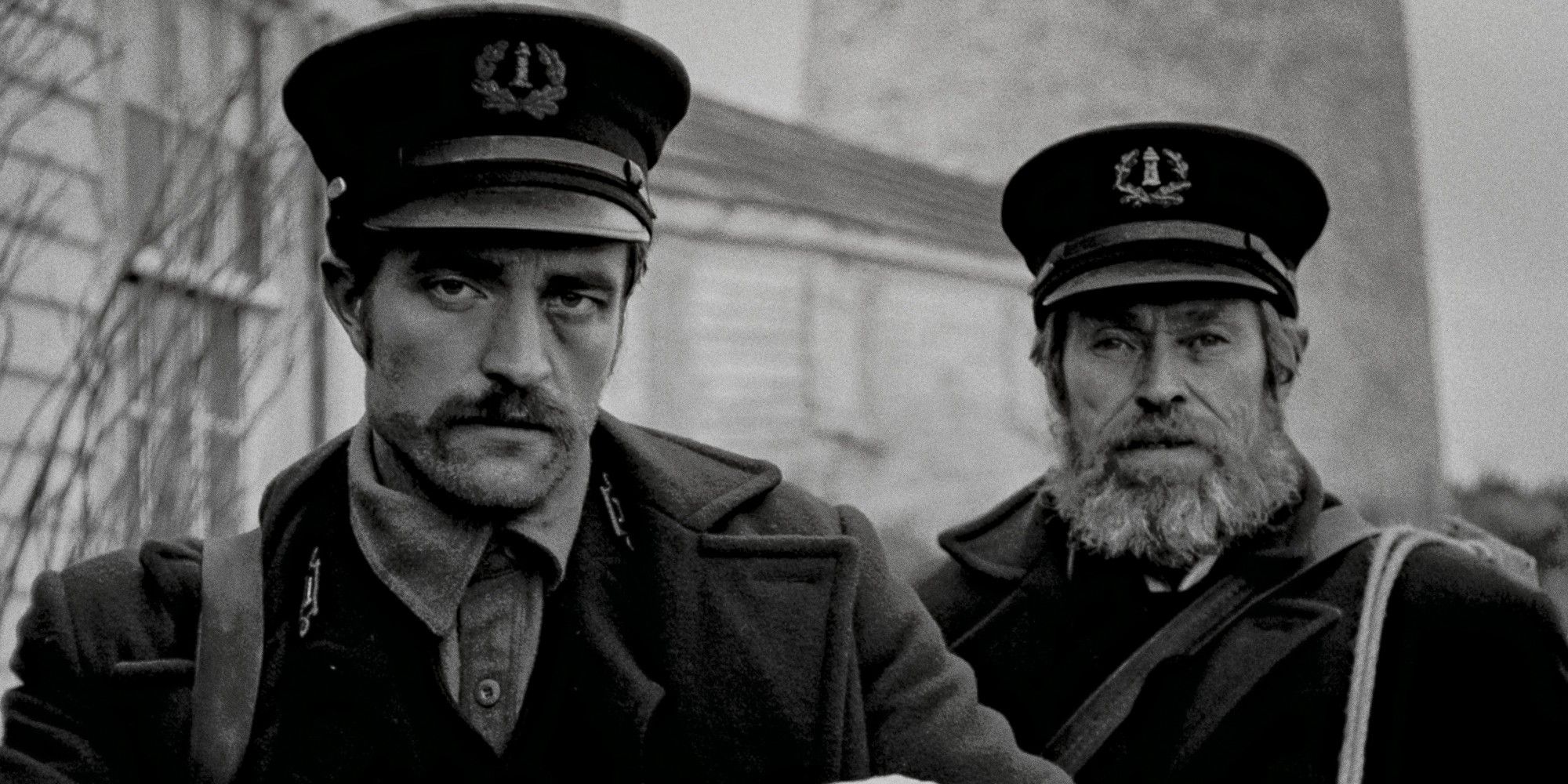
The Lighthouse Movie Cast & Character Guide
The Lighthouse, the horror follow-up to director Robert Eggers’s The Witch, features a tiny cast, but that doesn't mean it's lacking for talent.
The Lighthouse Was Inspired By A True Story
Robert Eggers Was Inspired By The Smalls Lighthouse Tragedy
The true story that inspired The Lighthouse occurred on The Smalls, a tiny cluster of rocks 20 miles off of the Welsh Pembrokeshire coast in the UK. Upon these rocks stood the Smalls lighthouse, which in 1801 saw two lighthouse keepers named Thomas Griffiths and Thomas Howell stationed there. Griffiths and Howell, who reportedly were already hostile to each other, now found themselves adrift from civilization on a spit of land with only each other for company.
Howell opted not to throw the body into the ocean under fear of recrimination, instead placing Griffiths in a makeshift wooden casket and hanging him on the railing outside the lighthouse.
Accounts chronicling the true story in 1801 state that Griffiths suddenly became unwell following injuries sustained in a freak accident, subsequently dying under mysterious circumstances after weeks of suffering. This left Howell alone to deal with the corpse of a man he was known to have disliked, with Howell now fearful he would be accused of murder. Aware of the optics of the situation at hand, Howell opted not to throw the body into the ocean under fear of recrimination, instead placing Griffiths in a makeshift wooden casket and hanging him on the railing outside the lighthouse.
Howell then stated that the wind and surf eventually destroyed the box he had made for his fellow keeper, leaving Griffith's body caught and suspended by the ropes used to hold his coffin in place. It is estimated Howell was left alone for over three weeks with Griffith's body in a hut that was less than five meters in diameter, with the rapping of Griffith's body on the lighthouse window making it seem as if Griffiths was trying to get in or as if he was beckoning Howell to join him outside. When a relief boat eventually reached shore, Howell was found utterly inconsolable and severely affected by this horrifying experience.
The Smalls tragedy that The Lighthouse is based on can be considered an important, albeit incredibly dark, moment in maritime history.
The tragedy of The Lighthouse true story's ending is that several fishing boats passed the Smalls lighthouse during this three-week period, but none were aware of the horrors hidden within. The Smalls lighthouse tragedy led to an immediate change in Lighthouse regulations in 1801, with three lighthouse keepers the minimum assigned to all coastal structures moving forward. Therefore, the Smalls tragedy that The Lighthouse is based on can be considered an important, albeit incredibly dark, moment in maritime history that laid bare the dangers posed to Wickies and created sweeping safety reforms for its time period.
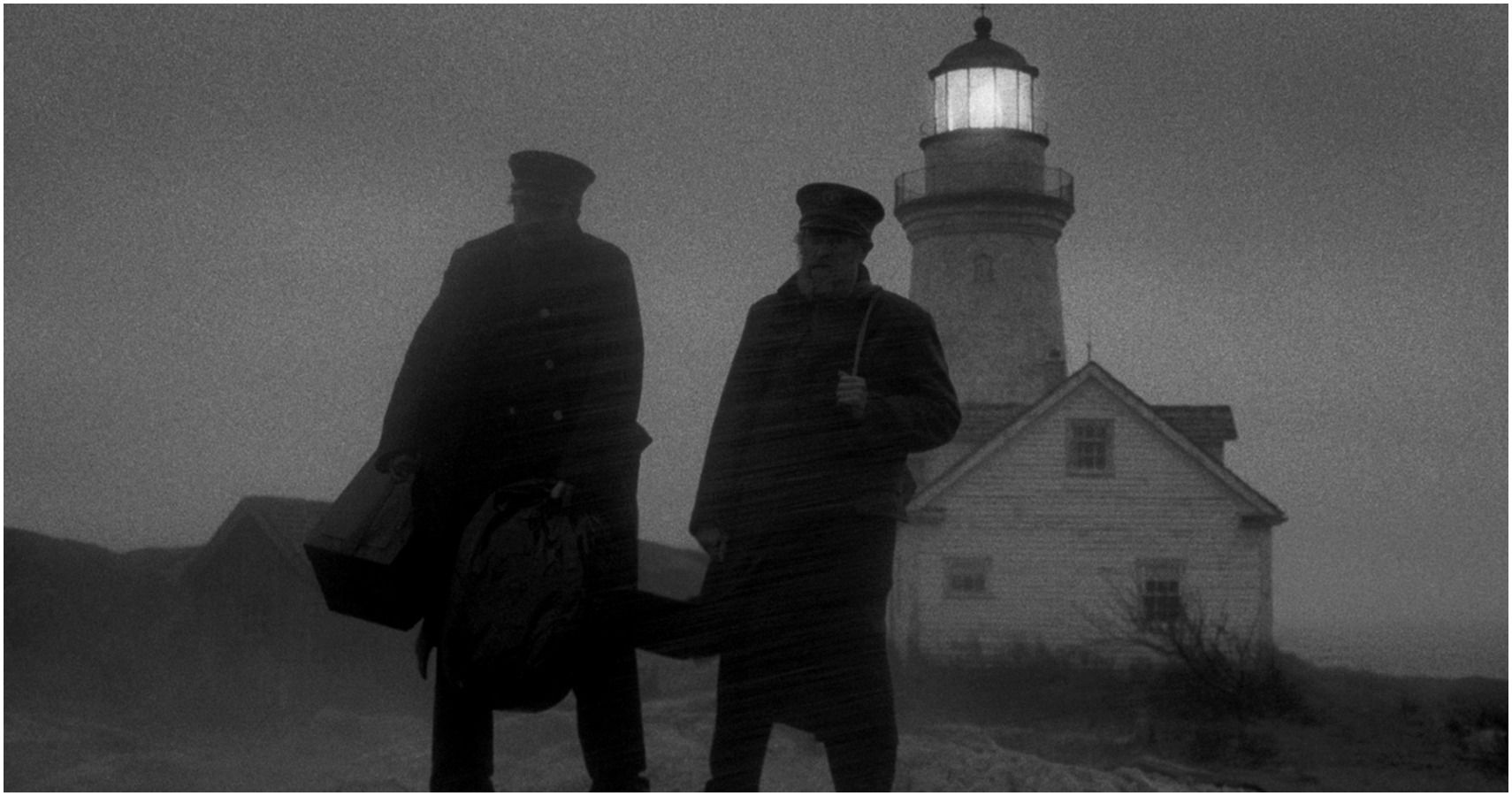
10 Things That Don't Make Sense In The Lighthouse
What's actually happening here, and what's just in the heads of the characters? Is there really anyone coming to get them? Who is manipulating who?
What Eggers Changed About The Smalls Lighthouse Tragedy
The Lighthouse Isn't A Direct Retelling Of The Event
Due to the nature of Howell's account and the isolated nature of the Smalls lighthouse tragedy, many creative liberties are taken with the A24 horror movie, and Robert Eggers changed several aspects of The Lighthouse true story. Robert and Max Eggers' story changes many key elements of the Smalls lighthouse tragedy, starting almost immediately as The Lighthouse becomes imbued with a far more hallucinatory quality. The Lighthouse even begins with Thomas Wake as the island's longtime keeper, when in the true story, both men journey to the island together.
The differences continue to pile up from here, with Howard witnessing hallucinations of sea monsters while Wake practices bizarre rituals. Wake also reveals to Howard that his previous Wickie companion died upon the island, a fact the Eggers brothers certainly added to the story to increase the island's foreboding mythos. The Eggers brothers also use the event of a dead gull being found inside the lighthouse structure's cistern as a catalyst for the bloody events that follow — but there was no evidence found in the true story of the Smalls lighthouse tragedy to suggest the discovery or subsequent mutilation of any seagulls.
The Lighthouse's ending scenes also deviate from the true story of the Smalls lighthouse tragedy, with Willem Dafoe's Wake and Robbert Pattinson's Howard involved in bloody combat that almost certainly did not transpire in the real version of events. Wake buries Howard alive before Howard can escape and kill his assailant, but this burial never happened in the real Smalls lighthouse tragedy. The ending of the Eggers brothers' tale is also decidedly different, with Howard dying as birds peck at him. Yet, in The Lighthouse's true story, the real Howard is rescued by a boat from Milford that takes him back to the mainland.

10 Burning Questions We Still Have About The Lighthouse
Robert Eggers'instant cult classic The Lighthouse will leave you obsessing over its mysterious details. Here are 10 questions we still have.
Other Inspirations In The Lighthouse
The Lighthouse Was Also Based On An Edgar Allen Poe Story
It must be noted that The Lighthouse is, in fact, an amalgamation of a myriad of ideas. The script initially started as an adaptation of an unfinished Edgar Allen Poe story similarly called "The Light-House," in which a keeper recounts his isolation through diary entries. While Poe seemed to have barely started the manuscript before he died, the beginning passages hint that the true story would have explored the narrator's growing anxiety from being alone.
Although the true story of the Smalls Lighthouse Tragedy is far from the only basis for The Lighthouse, it does provide more context for the encapsulating mystery
The Eggers brothers also took inspiration from H.P. Lovecraft, Herman Melville, traditional New England folklore, and Greek mythology in writing the screenplay, particularly seen in The Lighthouse's coda as Wake curses Howard to a "Promethean fate." The final result is a hallucinatory experience that eschews traditional plot structure to mold an atmosphere that resembles the feeling of inevitable despair.
In this way, the Smalls lighthouse tragedy isn't so much a guide to forming Robert Eggers' The Lighthouse's story as it is a reference to capture the lonely, suffocating experience of being stranded on an ocean rock with no means of communicating with the outside world. Although the true story of the Smalls Lighthouse Tragedy is far from the only basis for The Lighthouse, it does provide more context for the encapsulating mystery to consume its audiences time and again.
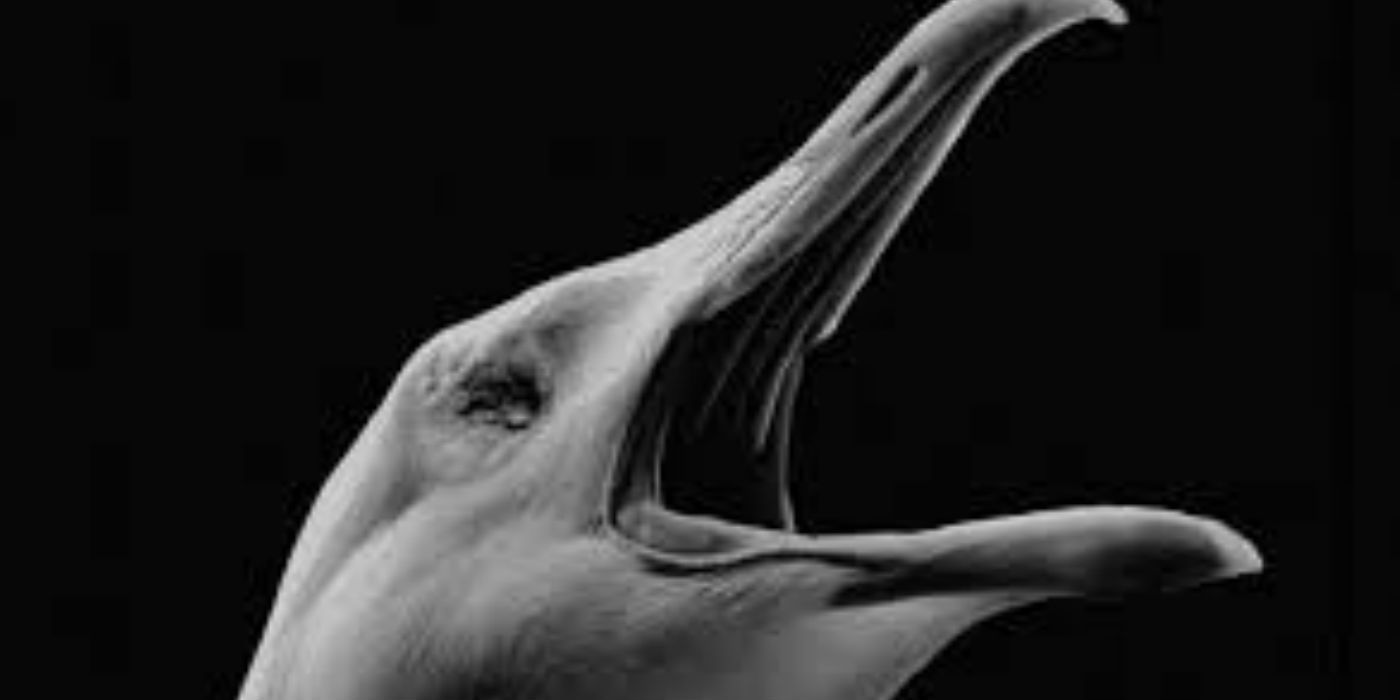
Why Robert Eggers' NC-17 Pitch For The Lighthouse Was Rejected
Robert Eggers, known to horror fans as the director of The Witch, originally pitched an NC-17 idea for his newest movie, The Lighthouse.
Are Robert Eggers' Other Movies Based On A True Story?
The Lighthouse Director Is Known For Pulling From A Wide Range Of Inspirations
The Lighthouse director Robert Eggers so far has three feature-length movies to his name including The Lighthouse, with his fourth due in 2024. Prior to 2019's The Lighthouse, Eggers made his directorial debut with 2015's The Witch, and in the years since, he helmed 2022's The Northman. His next movie is the upcoming remake of the classic horror film Nosferatu, which is due in the winter of 2024. Across his filmography, Robert Eggers has drawn from a variety of inspirations, often mixing true stories with folklore as he did in The Lighthouse.
2015's The Witch draws heavy inspiration from the Salem Witch Trials. The Salem With Trials took place in Massachusetts between 1692 and 1693, resulting in dozens of people (mostly women) being executed due to the paranoid belief that they were cohorts of the devil and practicing black magic. However, The Witch doesn't directly adapt one single event or trial from the period, and instead uses a variety of historical accounts to create a unique folk horror — much like how The Lighthouse combined the story of the Smalls lighthouse tragedy with the works of Edgar Allen Poe and H.P. Lovecraft.
The Northman, Robert Eggers' 2022 movie, isn't based on a wholly true story — instead, it's inspired by an old Norse tale mixed with a dash of Shakespeare's Hamlet. The Northman is set during the Viking Age and follows Alexander Skarsgård's Amleth, and closely follows a Norse folktale called Vita Amlethi. The mythological tale was passed down by word of mouth until it was officially recorded in 1200 during Saxo Grammaticus' extensive research of Danish royal history.
The title of the folktale means "The Life of Amleth." As the legend goes, Amleth is a Viking prince who lives comfortably with his father, Horwendil, and his mother, Gerutha. Jealous of his brother's reign, Amleth's uncle Fengo kills Horwendil and takes his wife as his own. This enrages Amleth, and he vows to seek revenge for the rest of his life. While it's not known whether any of Vita Amlethi is based on a real event, the story serves as the true inspiration behind The Northman.
As for Robert Eggers' upcoming movie, Nosferatu is a remake of the 1922 silent German film Nosferatu: A Symphony of Horror, the iconic vampire film that introduced the world to the hideous Count Orlok and is widely regarded as the first true horror movie. However, neither the remake nor the original is based on a true story. There was no real figure called Count Orlok, and the 1922 movie was instead a spin on Bram Stoker's Dracula. However, much like with The Lighthouse, Eggers is sure to draw on some inspiration from real life for the thematic undertones.



